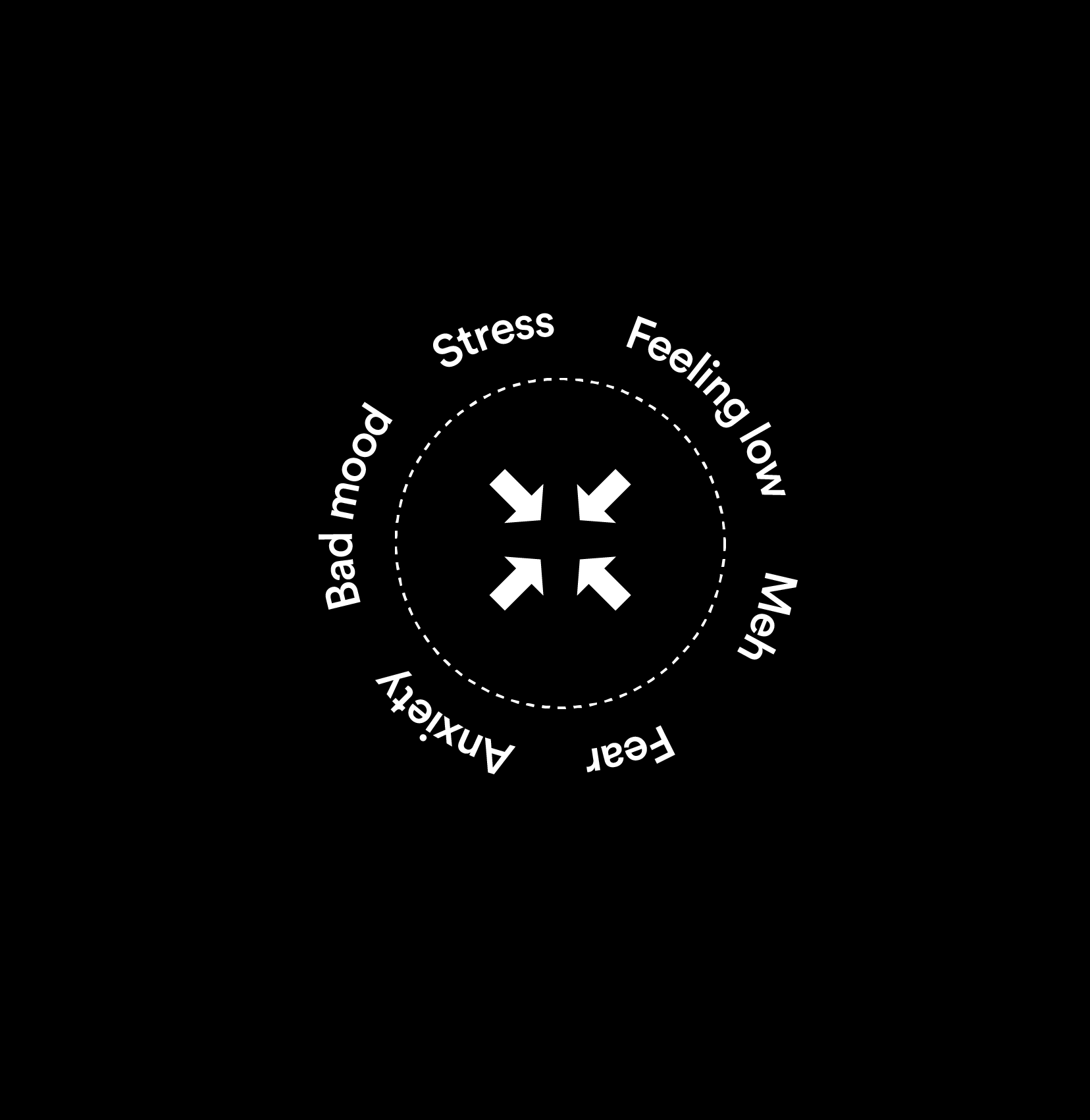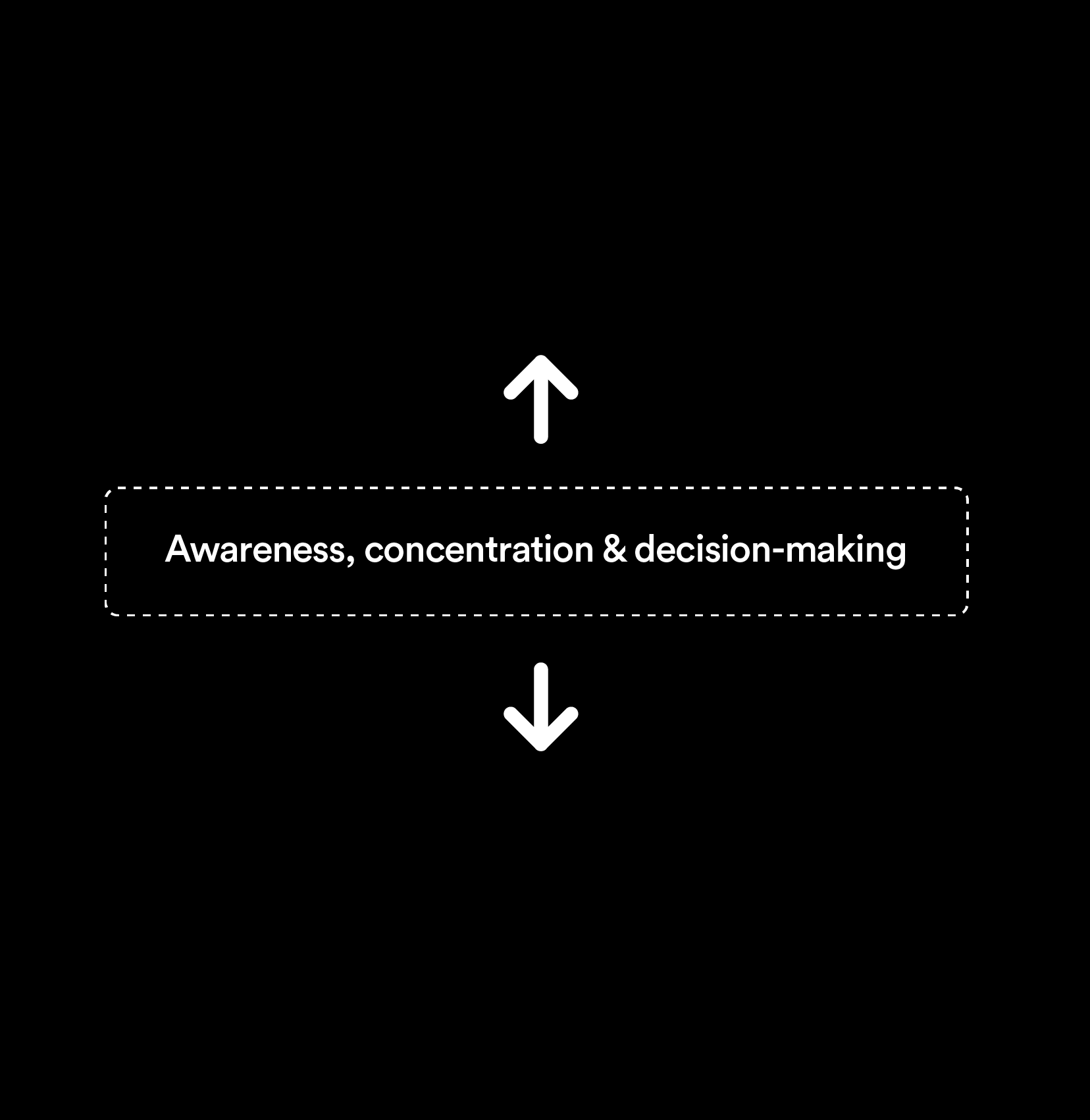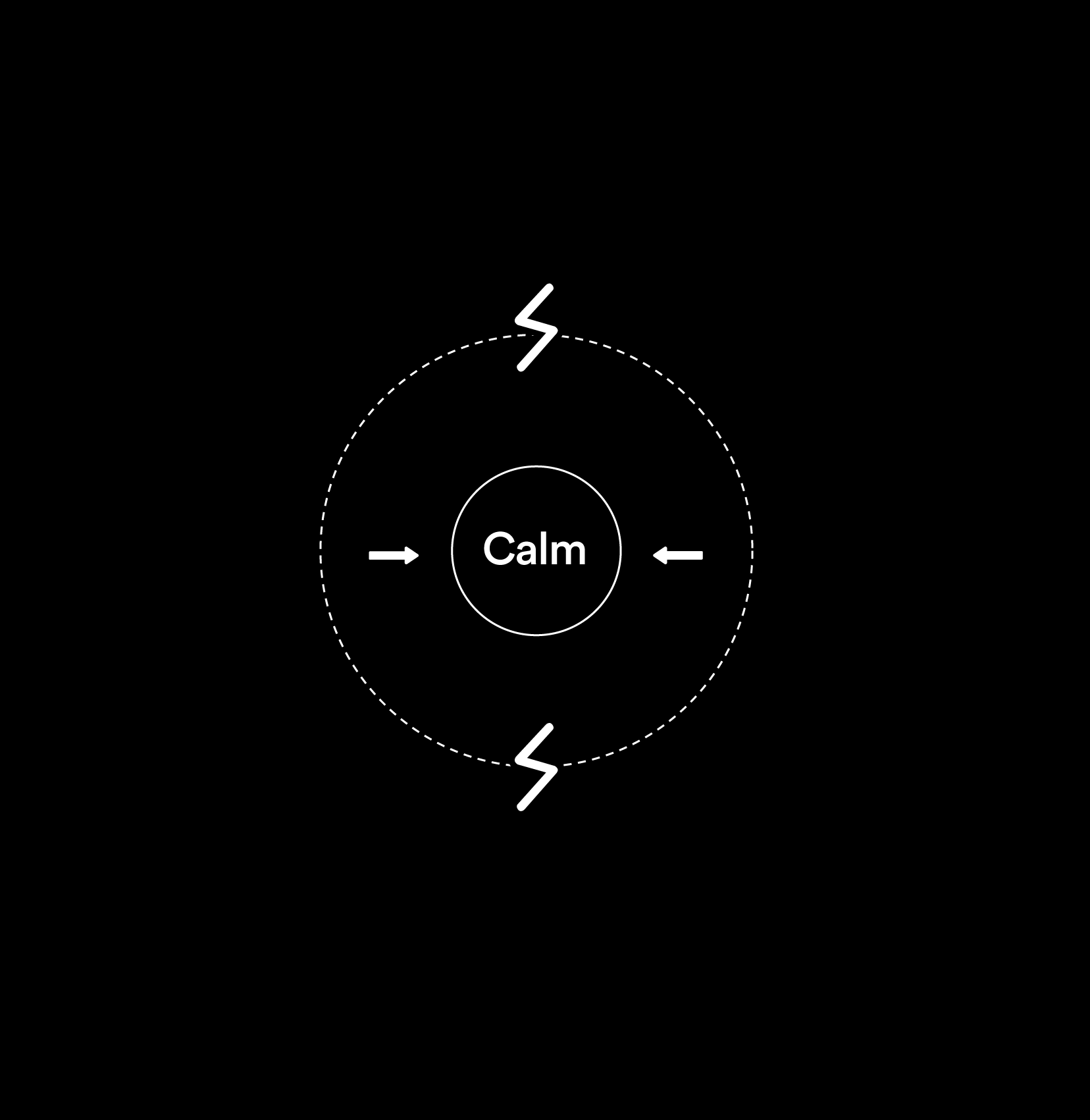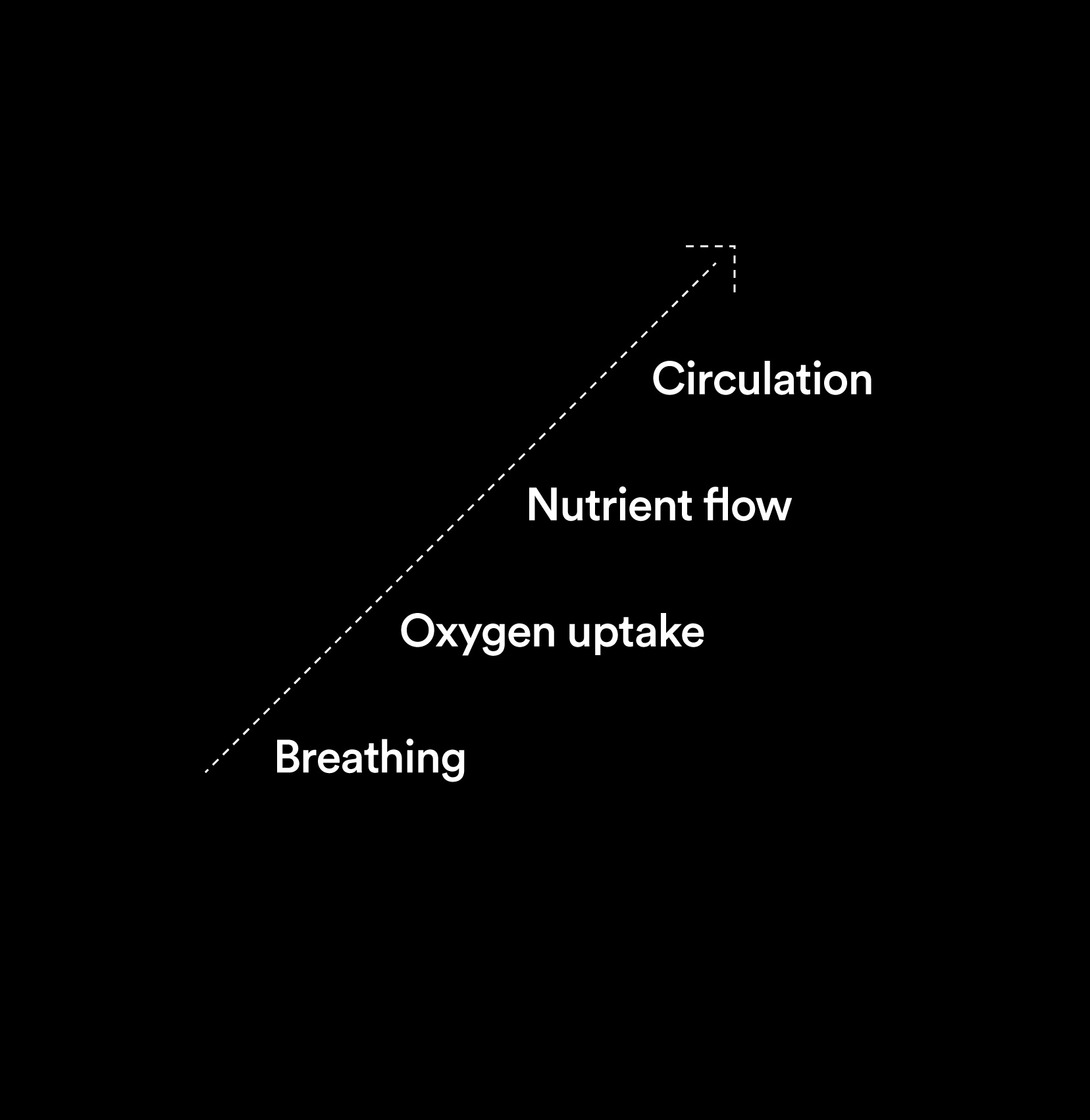Real science, real benefits.
We only care about the science behind our practices, that is all that matters to us. So here are just a few of the proven benefits of a few hours of reflection a week.
Shrink the bad parts
MRI scans show that after an eight-week course of mindfulness practice, the brain’s “fight or flight” center, the amygdala, appears to shrink. This primal region of the brain, associated with fear and emotion, is involved in the initiation of the body’s response to stress.
Thicken and strengthen the good parts.
The pre-frontal cortex – associated with higher order brain functions such as awareness, concentration and decision-making – becomes thicker.
See a reduction in biomarkers of stress and inflammation. Markers like C-reactive proteins, interleukin 6 and cortisol – all of which are associated with disease.
Allow your nerves to soothe themselves.
It is the sympathetic nervous system that is affected the most by anxiety, tension, fatigue and depression, and experts have proven that meditation alone can dramatically reduce the many negative effects brought about by these emotions.
Enhance your relaxation, balance your body.
Meditation enhances breathing, increases oxygen uptake, improves nutrient flow, and improves circulation. When you are stressed, tense, & anxious, your blood’s lactate level increases, these levels are greatly reduced during meditation.
In real life this might mean that you have an easier time shrugging off worries, and that setbacks —from traffic jams to major upsets — don't hit you quite as hard.
How can make space change your people and your business?
Find out
Sign up to our emails & get started on your mindful journey.

Mindfulness resources
and tips

Special offers on
Make Space apparel

Latest announcements
and news



